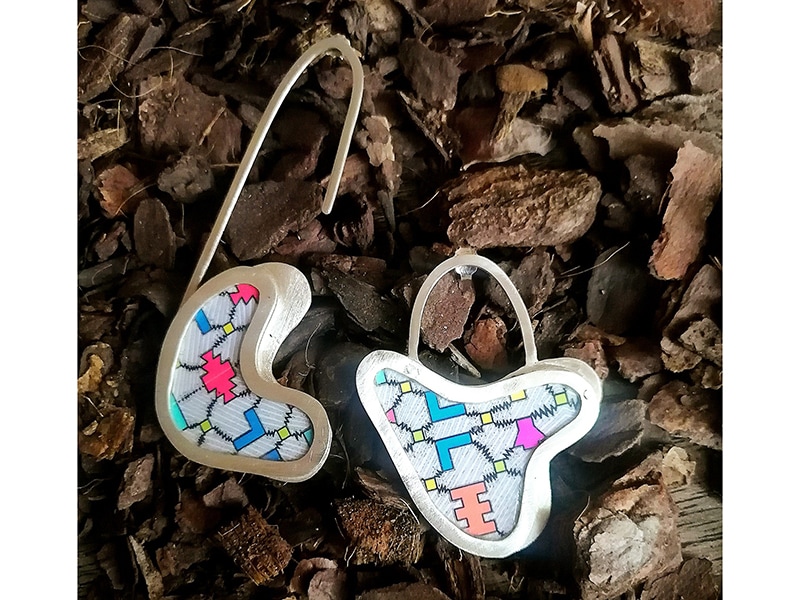[ad_1]
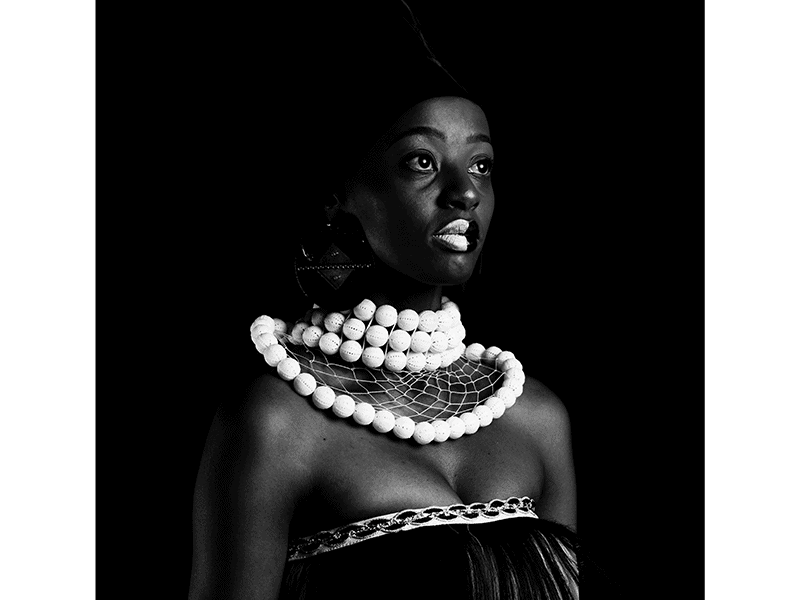
- Established by San Francisco-based jewellery collector Susan Beech, the $20,000 grant goals to acknowledge a mid-career artist who has made a considerable contribution to the sphere of artwork jewellery.
- The jury consisted of AJF founder Susan Cummins and the curators Beatriz Chadour-Samson and LaMar Gayles.
- Khanya Mthethwa, who’s from South Africa, took time from engaged on the design part of her successful challenge to speak to AJF.
- Keep tuned for our upcoming interviews with the 2 finalists, Catherine Blackburn and Rita Soto.
Nina Newman: Congratulations on successful the celebrated Susan Beech Mid-Profession Grant, Khanya! Please inform us about your self and your journey as far as a recent jewellery artist.
Khanya Mthethwa: Thanks. I used to be born and raised in Kwa-Zulu Natal in South Africa, and I’ve at all times had a ardour for the inventive business. After matric, I made a decision that I wished to be a diamond cutter, and I moved from Durban to Johannesburg to pursue my research on the Harry Oppenheimer Diamond Coaching College, the place I carried out a tough analysis and diamond-cutting programs. After finishing the coaching, I labored as a diamond cutter, whereupon I noticed that I wanted a job that allowed me freedom to be extra inventive. I enrolled on the College of Johannesburg to check within the Jewelry Design and Manufacture division, the place I fell in love with the artwork of creating jewellery and realized that there was a recent design side of knickknack.
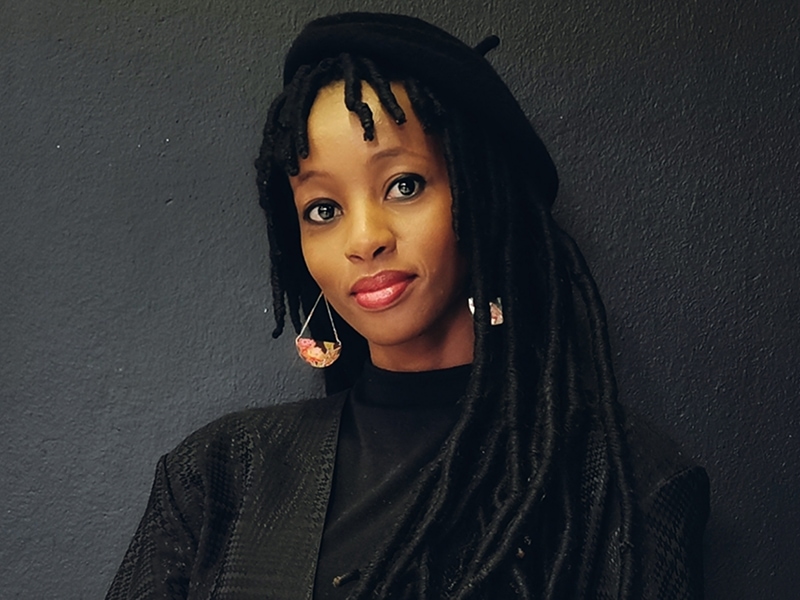
Your successful challenge integrates South African and African jewellery with fourth industrial revolution applied sciences. Please inform us extra about this challenge.
Khanya Mthethwa: I’ll design and make jewellery impressed by Indigenous cultures utilizing 3D printing. The 3D-printing strategies will allow me to design and create intricate items with shapes and patterns present in South Africa’s Indigenous cultures. With 3D-printing, I’ll create large-scale artwork jewellery, small modern items, and 3D-printed ceramic ornaments which have a excessive stage of element and accuracy.
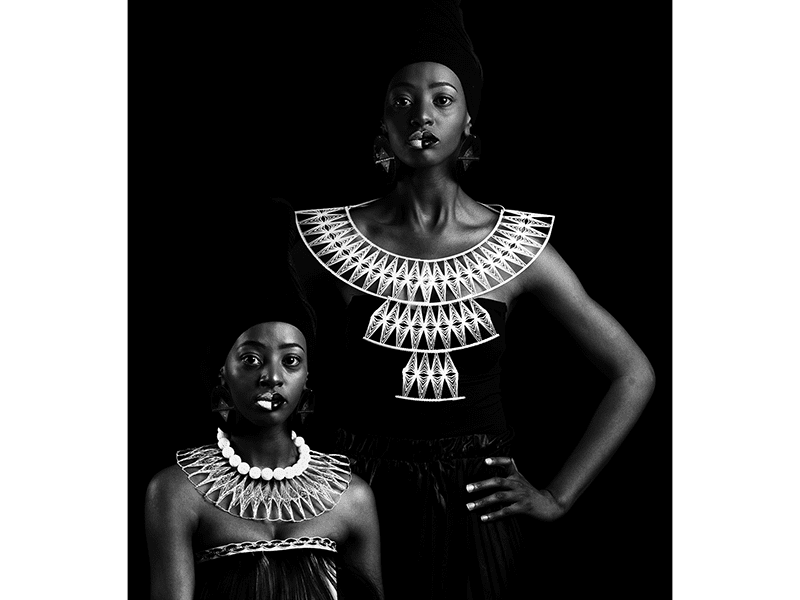
What does successful this grant imply to you?
Khanya Mthethwa: Successful this grant means I lastly flip my grand concepts into completed merchandise that I’d have by no means been in a position to manufacture with out any such monetary help inside a two yr timeframe.
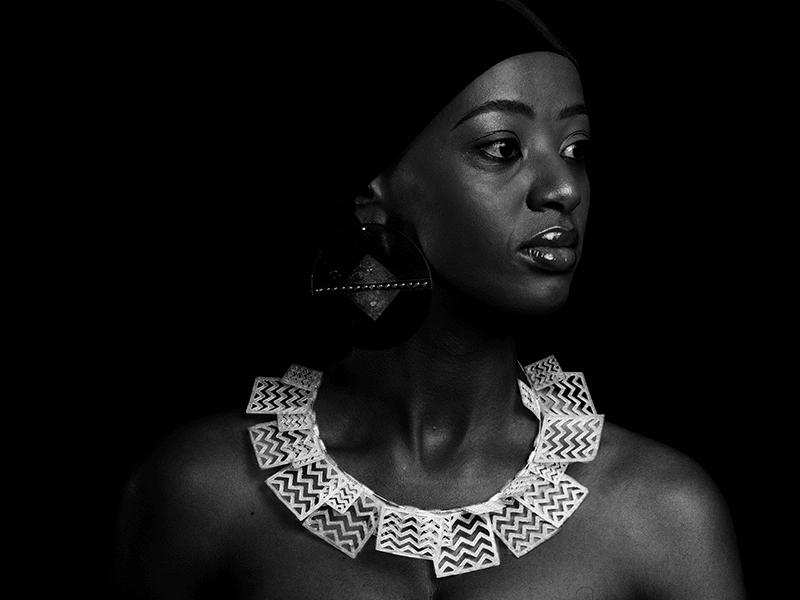
The modern jewellery motion in South Africa is represented by a really small variety of artists. Why do you suppose that is the case? Do you suppose the nation has sufficient instructional establishments centered on modern jewellery? Is there sufficient publicity for South African artists regionally?
Khanya Mthethwa: These are loaded questions however I’ll try to reply in a succinct method.
There are a number of elements: The South African authorities doesn’t present ample help for the inventive arts business, together with the jewellery business. Companies and expertise can solely be developed and thrive when designers have entry to funding alternatives and authorities help. The modern jewellery market is comparatively small and has a direct affect on the expansion of the jewellery sector. From a shopper perspective, they have a tendency to choose shopping for conventional gold or diamond jewellery and don’t contemplate modern jewellery worthwhile.
I believe there are sufficient establishments providing jewellery design programs, and every tends to have completely different factors of focus. Nonetheless, for probably the most half present establishments pay extra consideration to conventional jewellery strategies since this interprets to native shopper wants. Consequently, modern analysis has acquired much less consideration.
With regard to publicity, there aren’t sufficient alternatives for proficient jewelers to showcase their work.
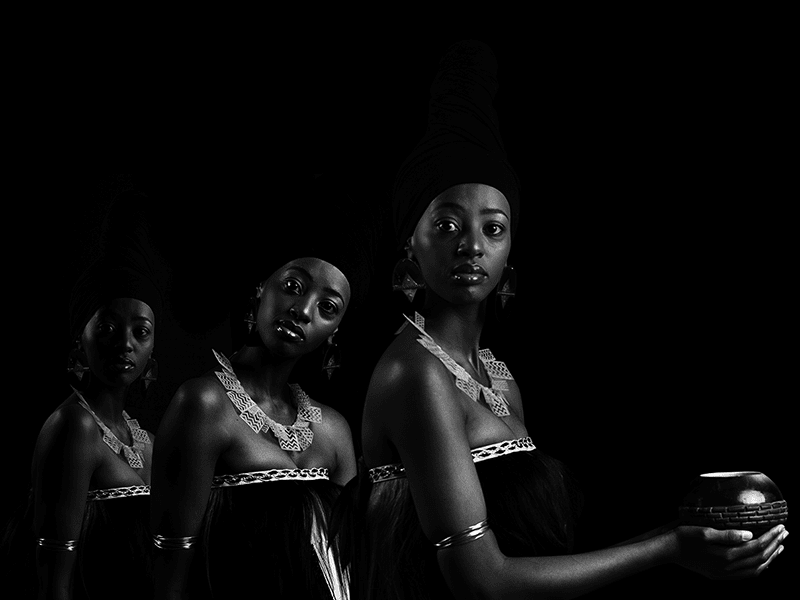
You might have performed a key function in establishing the South African Jewelry Week to present publicity to native jewellery designers. Inform us extra about this.
Khanya Mthethwa: Once I initially got here up with the idea, it was due to seeing simply how troublesome it was for me to interrupt into the business, however I noticed that my struggles weren’t distinctive in our subject. I additionally noticed {that a} main situation was that the patron didn’t perceive what modern jewellery is or the worth it holds. I then approached a colleague and good friend of mine, Thato Radebe, in regards to the concept, and invited Mmeshi Nkadimeng to the staff, and South African Jewelry Week was conceived.
We created a platform to supply modern designers with a platform to showcase what they do and for customers to note that there’s worth in modern jewellery. Nonetheless, we’ve seen and skilled that the shortage of help, shopper training, and alternatives that jewelers expertise on this nation have made designers much less enthusiastic to partake in platforms which have their finest pursuits at coronary heart. This speaks to the ripple impact created by the shortage of presidency help which performs a job in designers seeing the advantages of their work being uncovered on completely different platforms. It has additionally created a fragmented business that’s much less in regards to the neighborhood and extra about people. Nonetheless, we’re taking time to strategize and discover new methods to make designers extra energetic and procure potential sponsors on the board.
Do you suppose that there are options that establish South African modern jewellery, particularly when trying on the inspiration and supplies integrated within the works of native artists?
Khanya Mthethwa: I believe the principle characteristic is designers utilizing South African historical past and id politics as inspiration. Supplies are likely to fluctuate relying on every designer’s narrative or model id.
What are the principle obstacles a recent jewellery artist faces in South Africa?
Khanya Mthethwa: Entry to funding, lack of shopper engagement, and lack of help from the jewelry-governing physique, not to mention the federal government.
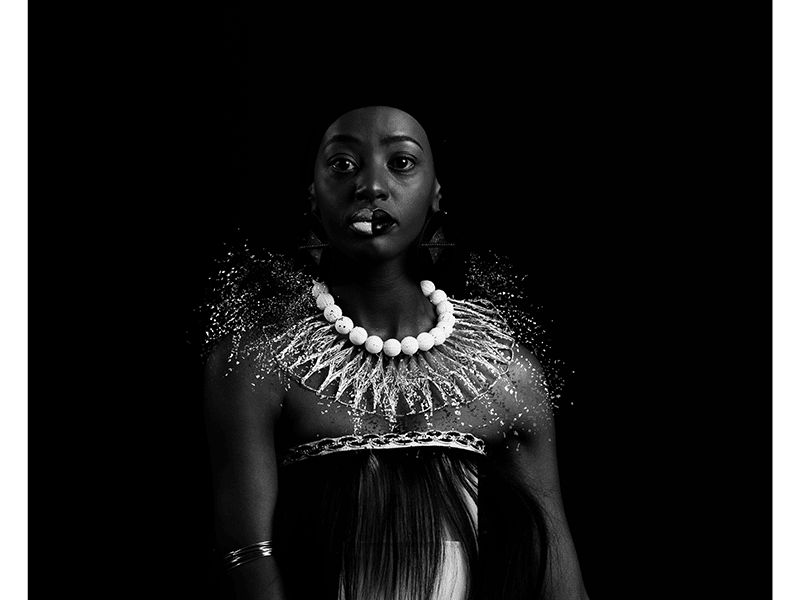
As an educator and an artist, what do you consider the way forward for the modern jewellery motion in South Africa, Africa, and globally?
Khanya Mthethwa: In South Africa and Africa, I believe there’s a vibrant future, regardless that there may be a lot work to be executed. Globally, native designers have began cementing themselves and changing into good representations of the expertise they’ve within the nation. It may well solely turn out to be larger from this level on.
What function do you suppose expertise is taking part in in the way forward for modern jewellery?
Khanya Mthethwa: Know-how offers designers with the chance to be extra progressive and makes it potential for jewellery concepts to be limitless.
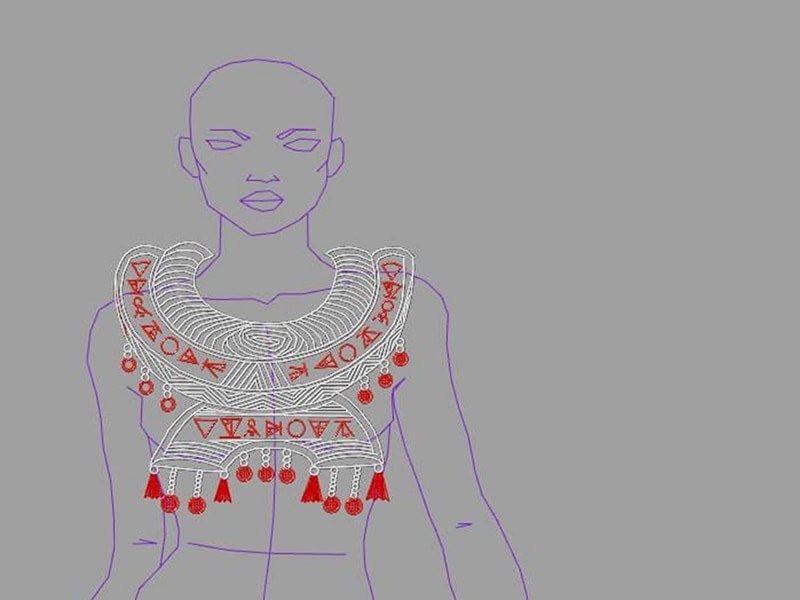
What are you presently engaged on, and what are your future plans?
Khanya Mthethwa: I’m presently engaged on the Susan Beech award challenge, creating and creating designs that push my limits as a jeweler utilizing expertise. I’m excited in regards to the subsequent few months, as I’ll transfer from the design part to prototyping.

Please inform our readers about one thing fascinating you’ve seen, learn, or heard lately.
Khanya Mthethwa: I discover it fascinating how because the greenback is shedding its world dominance, it provides approach to various markets which might be rising. It could be fascinating to see how this shift in energy dynamics impacts designers and customers throughout completely different areas.
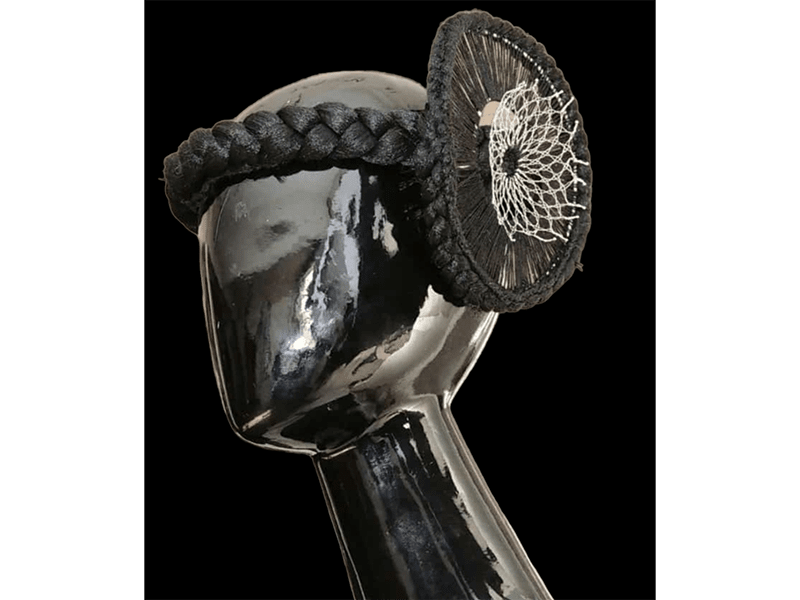
[ad_2]














